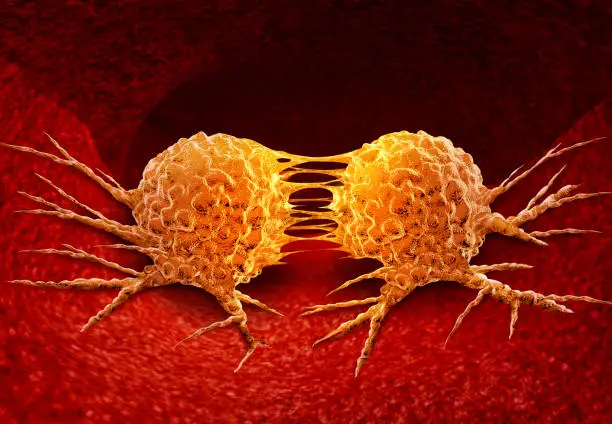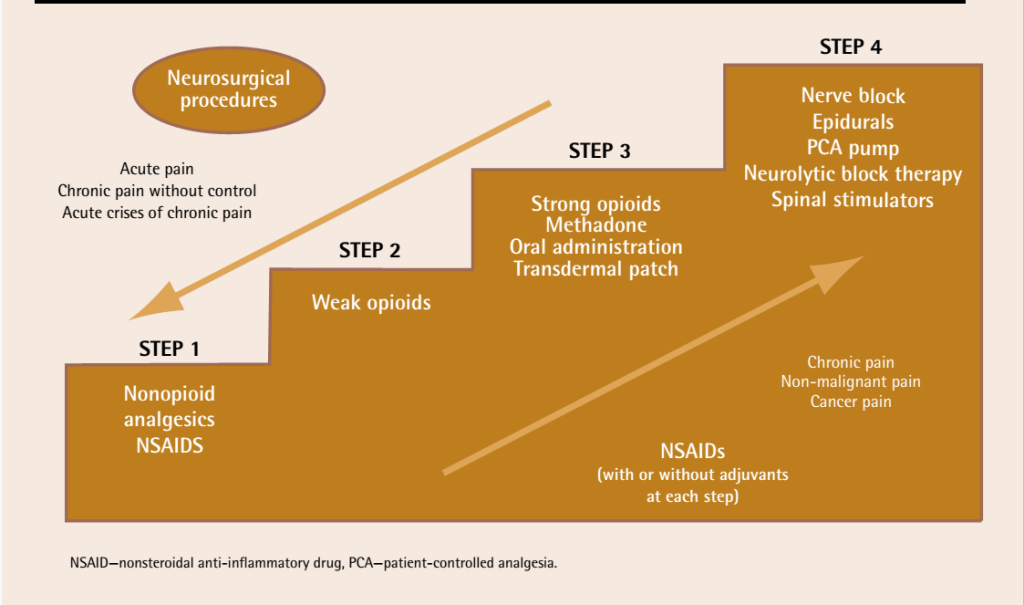
Cancer Pain
Aprox 10-lakh new cancer patients are diagnosed in every year in India & most of them are in advanced stage who need only pain management.
Most of these patients complaints of inadequate management of pain by their physicians, accepting it as their destiny. But more than 90% of this pain can be managed nicely & adequately so It is of vital importance to provide adequate pain relief so that cancer patient can live the last stages of their life comfortable & happily.
Causes Of Cancer Pain
- Due to cancer itself: 70%
The tumour pressing on bones, nerves or other organs in your body.
- Tumour infiltration.
- Involvement of nerves/plexus.
- Bony metastases
- Due to therapy :30%
- Surgery- post surgery complications like scar neuralgia, Lymphodema, Phantom pain
- Radiotherapy- Radiotherapy can cause skin redness and irritation. Radiation Fibrosis of nerve plexus, Mouth Sores
- Chemotherapy- Some chemotherapy cause numbness and tingling in your hands and feet,a burning sensation at the place where they are injected, Headache, steroids psedorhematism
- Debility related—Decubitus ulcer, Vertebral Fracture, Nerve Compression
- Concurrent Related—Osteoporosis, Osteoarthritis, Post herpetic neuralgia

Types Of Cancer Pain
Cancer pain can be acute or chronic. Acute pain is due to damage caused by an injury and tends to only last a short time. For example, having an operation can cause acute pain. The pain goes when the wound heals. In the meantime, painkillers will usually keep it under control.
Chronic pain is pain caused by changes to nerves. Nerve changes may occur due to cancer pressing on nerves or due to chemicals produced by a tumour. It can also be caused by nerve changes due to cancer treatment. The pain continues long after the injury or treatment is over and can range from mild to severe. It can be there all the time and is also called persistent pain. Chronic pain can be difficult to treat, but painkillers or other pain control methods can successfully control it in about 95 out of every 100 people.
The amount of pain you have with cancer depends on
- The type of cancer you have
- Where it is
- The stage of your cancer
- Whether the cancer or treatment has damaged any nerves
- Other factors such as fear, anxiety, depression and a lack of sleep can also affect how you feel pain.
If you have pain it is very important to let your pain physician know straight away. If you try to put up with the pain, this can lead to nerve changes that may make the pain harder to control in the future
Treatment of Cancer Pain
- Pharmacotherapy (treatment with oral or injectable pain killer medicines) with analgesics (opioid & non-opioid); co-analgesics (anti-depressant & anti- convulsant) and others.
- Non Pharmacological Therapies. – Relaxation, biofeedback, imagery, distraction, hypnosis, skin stimulation, Transcutaneous electric nerve stimulation (TENS), acupuncture, exercise or physical therapy, and emotional support and counselling.
- Interventional pain management(IPM)
WHO recommendations: (same protocol is applicable for the other kinds of pain too)
- 3 stage analgesic ladder (Pharmacotherapy).
• 1st stage- NSAIDs +/- NSAIDs
• 2nd stage-Weak opioid +/- NSAIDs
• 3rd stage-strong opioid +/- NSAIDs
• Interventional pain management (IPM) in 4th stage +/- NSAIDs.

Indications of IPM
- Severe pain that is expected to persist
• Failure of analgesic medicine treatment
• Non-availability of morphine
• Limited life expectancy
• Well localized pain
• Pain is not multi-focal in origin
• Pain is of visceral or somatic in origin
• Coexisting or preexisting problems curable with IPM
Types of IPM in cancer patients
1) Nerve block
A nerve block is a procedure where a local anesthetic, often combined with a steroid, is injected into or around a nerve or into the space around the spinal cord to block pain for short duration of analgesia.
For longer-lasting pain relief, phenol or alcohol can be injected. RF ( Radiofrequency ) nerve ablation also a good technique for prolong nerve block.
Nerve block given according to the region of body where cancer causes pain.
2) Spinal analgesia
Low doses of pain medicine may be injected into the fluid around the spine (called intrathecal injection). If this works, a tube and a pump may be used to deliver the pain medicine right into the spinal fluid to control the pain. Morphine is often used for this purpose, and you can still have side effects like itching and constipation. Procedure is done to put the small pump and tube into your body. It’s called “Intrathecal Implantable Pump”
3) Epidural Injection
Certain kinds of pain may respond to pain medicine that’s injected into the space around the layers of the spine. If this works, a pump can be implanted so that you can get pain medicines right around the nerves. This may cause numbness or weakness of the treated area.
4) More cancer treatment may be given to shrink the tumor.
Sometimes, even when cancer treatment cannot cure the cancer, it can shrink the size of a tumor that’s pressing on nerves and organs and causing pain. Chemo, hormone therapy, or radiation may be used in this way. Radioactive injections are sometimes used when the cancer has spread to many places in the bone – the radioactive drug settles in the bones near the cancer and helps to stop its growth and relieve pain. In a few cases, other treatments like radiofrequency ablation can be used in certain areas of the body. In this treatment, electrodes are put in near the tumor to heat and destroy the cancer.

